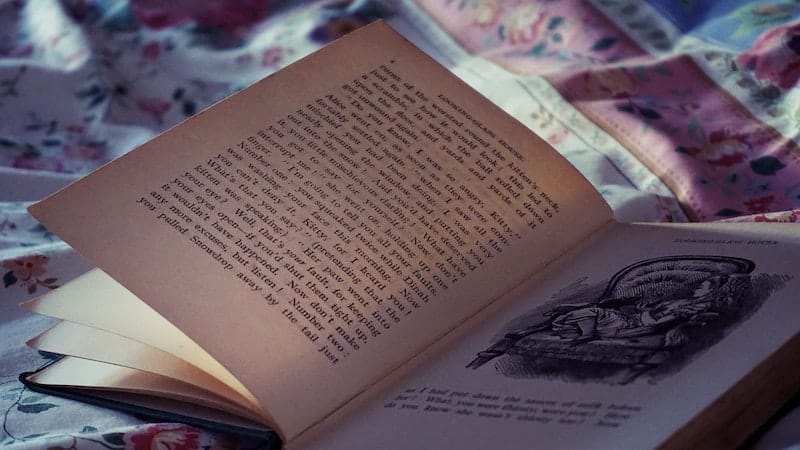Writing a short story can be a daunting task. Especially, when the author or narrator is attempting to do justice to the characters, the emotions, and the story – in a limited frame. But, it certainly can be done & when done right, it can produce magical results. Here’s something that could help.
We all enjoy hearing a good story, whether it is played out by a cast on stage, narrated by a friend at a party, casually shared by a colleague in the Boardroom, or written in the form of short stories that we often love reading. Although the techniques and delivery methods of good storytelling have changed over time, the power of storytelling to move us and provoke a deeper sense of connection has not.
Short stories, in fact, can be harder to write at times. The authors need to communicate too much in a few words. But well-written short stories can have the impact of an entire novel! In fact, you can read our article on some of the best short stories we think you should read.
Coming back to the topic at hand – if writing or narrating a Short Story is on the agenda, here are a few nifty tips that could help you out. Like the story, we’re going to try to keep it short.
Construct a timeline
You can have a beautiful prose style and deeply relatable characters, but if your story lacks a logical flow of events, the reader will be confused.
A story goes, ‘The king died, and then the queen died.’ A timeline-driven plot is ‘the king died, and then the queen died of grief.’ The time sequence is preserved, but the sense of causality took priority.
Don’t shy away from conflicts
You can’t avoid conflict as a storyteller. To be satisfied with a happy ending, audiences must witness the main characters struggle to achieve their objectives. It’s acceptable to be cruel to your main characters; in fact, it’s required.
If Frodo’s quest to destroy the One Ring in Tolkien’s Lord of the Rings, for example, were simple and easy, the story would be predictable and boring. Lesser arcs of tension and release are created by smaller and larger skirmishes along Frodo’s journey.

Climax > Conclusion
The climax of the story is essentially a punch line with a lesson. It is more than just a conclusion; it’s a resolution that can be used to help listeners learn. The climax will be your story’s turning point & it is essential that the character makes significant decisions in this part of the story.
Pro Tip: Consider the aftermath. Think about how the climax will resolve the conflicts that have been introduced earlier in the story and how it impacts all the characters. The aftermath of the climax can be just as important as the climax itself.
Build Your Own Style
Style exists at both the line and global levels. At the line level, style is influenced by the author’s word choice, syntax, sentence structure, sentence length, and observational details.
Style emerges organically as the author grows into their storytelling role. For example, there is no single reason why a story by Haruki Murakami differs so dramatically from a novel by Margaret Atwood. But it just does.
Short stories have a way of winning hearts. They appeal not just to dedicated readers and viewers but also to those who have just started consuming this kind of content. Short stories are the boon that the world needs – a brief, fleeting tale that captures the hearts of all those who come across them.
If you liked our this article, check out our blog for more amazing content from the world of storytelling.




